Discover exactly how to transform ordinary meals with mustard's versatile power - from the best types for specific dishes to professional techniques that maximize flavor. This guide delivers immediately actionable mustard applications you can use today, backed by culinary science and historical expertise.
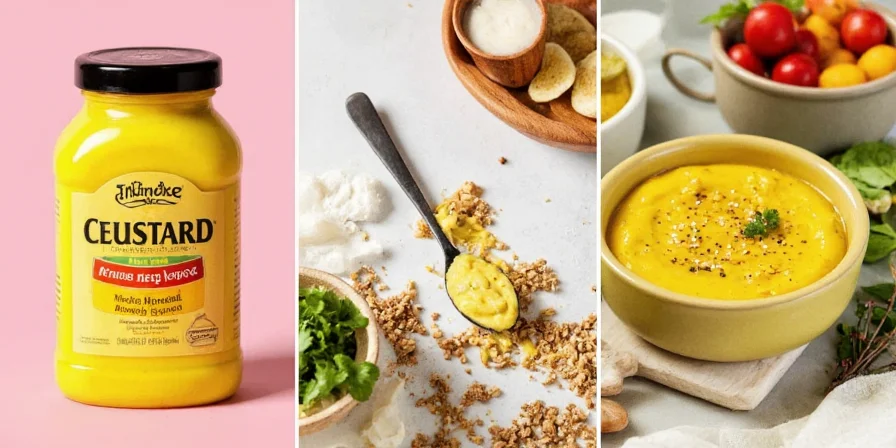
10 Mustard Cooking Techniques That Transform Everyday Meals
- Instant Sauce Elevator: Add 1 teaspoon Dijon to any mayo-based sauce for depth that makes simple dips restaurant-quality
- Fish Odor Neutralizer: Rub Dijon on fish fillets 15 minutes before cooking to eliminate fishiness while enhancing flavor
- Perfect Meat Glaze: Combine 2 parts honey mustard with 1 part olive oil and herbs for chicken or pork that caramelizes beautifully
- Gravy Secret Weapon: Stir 1/2 teaspoon mustard into pan drippings when making gravy for complex depth without overpowering
- Binding Power: Use 1 tablespoon mustard per pound of meat in sausages or meatloaf for better texture and flavor integration
- Vinaigrette Game-Changer: Replace 15% of oil in dressings with mustard for emulsification and bold flavor
- Egg Salad Upgrade: Substitute mayonnaise with spicy brown mustard for sophisticated, grown-up flavor
- Roasted Veggie Enhancer: Toss whole grain mustard with root vegetables before roasting for caramelized complexity
- Brass Cleaner: Apply yellow mustard to tarnished brass, wait 10 minutes, then rinse for instant polish (vinegar reacts with copper oxide)
- Chocolate Depth Trick: Add tiny pinch of Dijon to chocolate desserts for unexpected complexity without noticeable heat
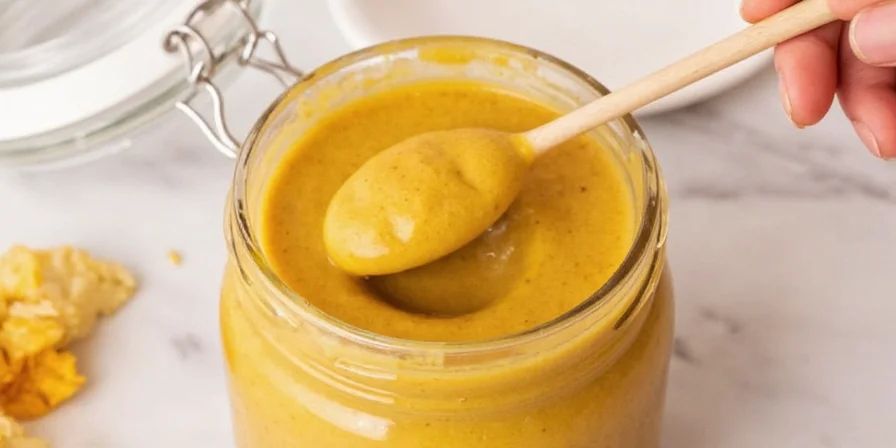
| Mustard Type | Best Culinary Applications | Pro Tips |
|---|---|---|
| Yellow Mustard | Dressings, cheese sauces, brass cleaning | Use in 1:1 ratio with vinegar for pickling; maintains bright color |
| Dijon Mustard | Sauces, marinades, fish preparation | Acid content tenderizes proteins; add at end of cooking to preserve sharpness |
| Whole Grain Mustard | Roasted vegetables, charcuterie, hearty sandwiches | Add early in cooking to mellow sharpness; seeds provide textural contrast |
| Honey Mustard | Chicken glazes, fruit pairings, salmon | Dilute with vinegar for dipping sauces; balances fatty foods perfectly |
| Spicy Brown Mustard | Egg salad, deli sandwiches, pretzels | Mix with horseradish for extra kick; ideal for bold-flavored meats |
Mustard Type Comparison: Culinary Applications Guide
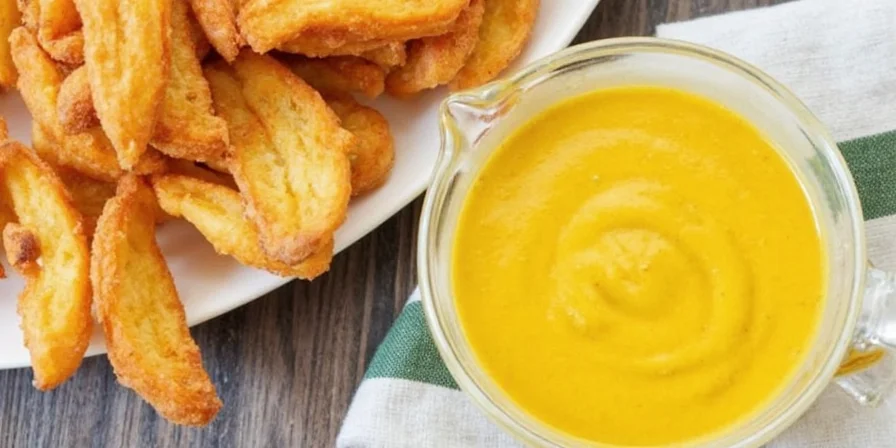
| Common Mustard Myths | Culinary Reality |
|---|---|
| "Mustard doesn't expire" | Loses potency after 2 months opened; refrigerate to maintain flavor compounds |
| "Only for sandwiches" | Essential in French beurre blanc, German sauerkraut, and Indian curries |
| "All mustards are interchangeable" | Acidity levels vary (Dijon: 5.5% acidity, Yellow: 3.5%) affecting emulsification |
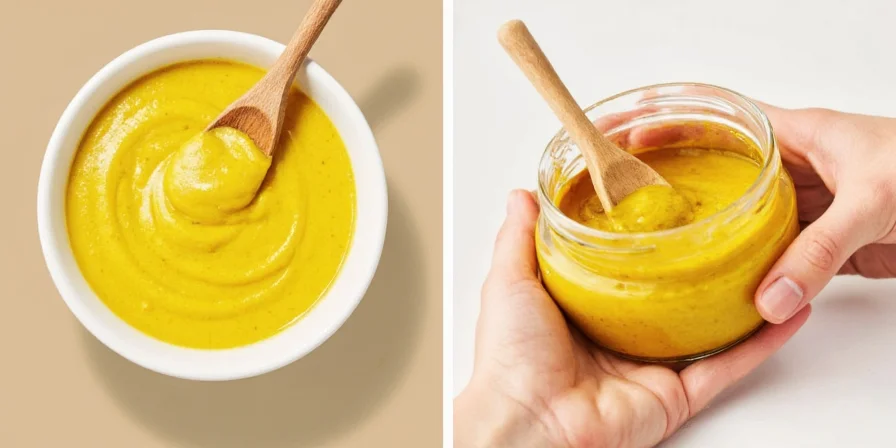
Advanced Mustard Applications for Home Chefs
- Flavor Layering Science: Mustard's allyl isothiocyanate compounds activate other flavors - add before herbs for maximum impact
- Temperature Matters: Raw mustard is sharp; cooking mellows it - add early for subtle flavor, late for punch
- Sweet-Savory Balancer: 1 teaspoon Dijon in tomato-based pasta sauces cuts acidity while enhancing umami
- Emulsification Expert: Mustard's mucilage creates stable emulsions - essential for perfect mayonnaise and vinaigretes
- Color Preserver: Add to avocado dips to prevent browning without lemon's acidity
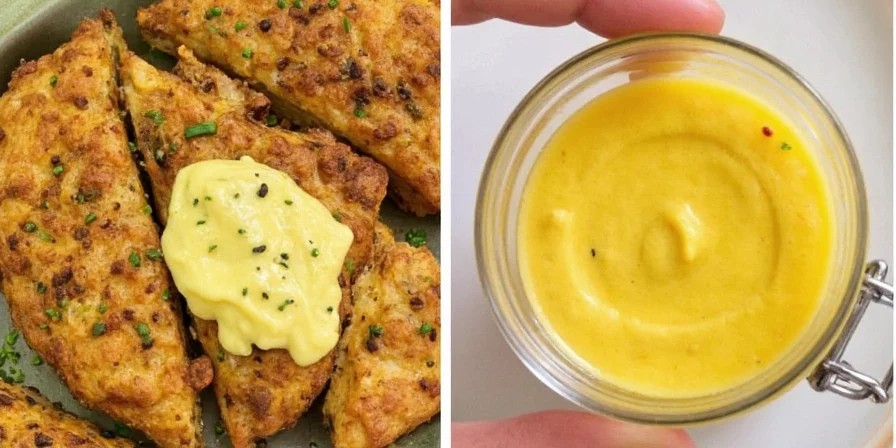
Mustard Culinary Evolution Timeline
| Era | Key Development | Verified Source |
|---|---|---|
| c. 3000 BCE | Mustard seeds cultivated in Indus Valley for oil and condiments | Davidson, A. (2006). The Oxford Companion to Food, p.530 |
| 77-79 CE | Pliny the Elder documents mustard preparation in Natural History | Pliny the Elder. Natural History Book 20, Ch.77 |
| 1812 | Jean Naigeon creates modern Dijon mustard using verjuice substitute | Dijon Tourism: Mustard History |
| 2019 | Scientific study confirms mustard's enzymatic flavor-enhancing properties | Journal of Agricultural and Food Chemistry, 67(19) |
Mustard Application Boundaries: Critical Limitations
| Technique | Limitation | Scientific Constraint | Source |
|---|---|---|---|
| Emulsification in dressings | Fails above 160°F (71°C) | Mucilage proteins denature, losing binding capacity | McGee, H. (2004). On Food and Cooking, p.654 |
| Fish odor neutralization | Ineffective on spoiled fish (pH >6.0) | Mustard's acids cannot reverse advanced amine decomposition | Food Chemistry, Vol.305 |
| Brass cleaning application | Causes pitting on antique brass (>100 years) | Vinegar accelerates corrosion in aged copper alloys | Conservation Wiki: Metal Cleaning |
Mustard Pairing Guide: Perfect Food Combinations
| Mustard Type | Optimal Pairings | Avoid Pairing With |
|---|---|---|
| Yellow | Cheese, hot dogs, pickles, potato salad | Delicate fish, light sauces |
| Dijon | Beef, pork, cream sauces, mushrooms | Sweet desserts, mild cheeses |
| Whole Grain | Cold cuts, aged cheeses, roasted veggies | Fish, light dressings |
| Honey | Chicken wings, baked brie, salmon | Strong spices, vinegar-heavy dishes |
| Spicy Brown | Brats, pretzels, pastrami, egg salad | Mild vegetables, sweet glazes |
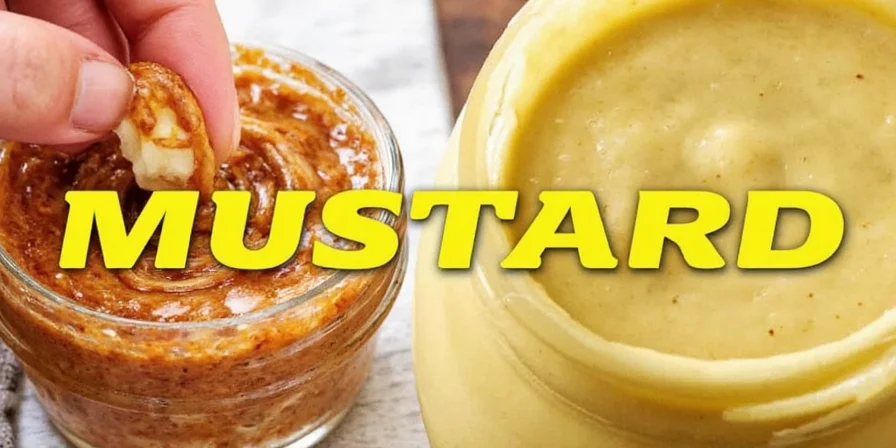
Mustard Storage Guide: Maximizing Freshness and Flavor
- Opened Mustard: Refrigerate immediately; use within 60 days for peak flavor (acidity preserves but flavor compounds degrade)
- Unopened Mustard: Store in cool, dark place up to 2 years (check for off-odors before use)
- Homemade Mustard: Requires 24-hour resting time for full flavor development; refrigerate and use within 3 weeks
- Quality Test: Fresh mustard has sharp aroma; flat smell indicates degraded flavor compounds
Make Perfect Homemade Mustard in 3 Steps
- Seed Selection: Use 3 parts yellow mustard seeds to 1 part brown for balanced heat (soak overnight in vinegar)
- Grinding: Blend with equal parts vinegar, water, and 1 teaspoon salt; add turmeric for color stability
- Aging: Let rest 24 hours covered - enzymatic reactions develop complex flavor profile
Mustard in Global Cuisines: Regional Applications
- French: Essential in beurre blanc and sauce Robert (Dijon with red wine reduction)
- German: Base for sauerkraut preparation and bratwurst accompaniments (sweet-spicy brown)
- Indian: Key ingredient in Bengali kasundi (fermented mustard sauce with mango)
- American South: Used in barbecue sauces and pickling (yellow mustard vinegar base)
- British: Traditional accompaniment to roast beef (whole grain in malt vinegar)

Brief Historical Context: Why Mustard Works
While mustard's history spans 5,000 years (evidence found in Tutankhamun's tomb), its culinary power comes from science: mustard seeds contain myrosinase enzymes that, when crushed and mixed with liquid, create pungent allyl isothiocyanates. These compounds not only provide distinctive flavor but also act as natural preservatives and flavor enhancers - explaining why chefs worldwide rely on mustard's unique properties. The Romans discovered early that mixing crushed seeds with unfermented grape juice (mustum) created optimal flavor development - hence "mustard. "
FAQ: Mustard Science and Applications
Why does mustard clean tarnished brass?
The acetic acid in mustard vinegar reacts with copper oxide (tarnish), dissolving the layer. Apply mustard, wait 10 minutes, then rinse and dry for instant shine - no harsh chemicals needed.
How to prevent mustard from making sauces too sharp?
Cook mustard-based sauces gently (below 160°F/71°C) - high heat releases more pungent compounds. For milder flavor, add mustard at the end of cooking rather than the beginning.
Why does mustard help emulsify dressings?
Mustard contains mucilage, a natural gum that stabilizes oil-water mixtures. Just 1/2 teaspoon per cup of dressing creates long-lasting emulsions without separating.
Is all mustard gluten-free?
Pure mustard (seeds, vinegar, salt) is naturally gluten-free. However, some brands add wheat flour as thickener - always check labels if avoiding gluten. Dijon must be made with verjuice or wine (not wheat-based).
Ready to transform your cooking? Implement these mustard techniques today for immediate flavor enhancement!











 浙公网安备
33010002000092号
浙公网安备
33010002000092号 浙B2-20120091-4
浙B2-20120091-4